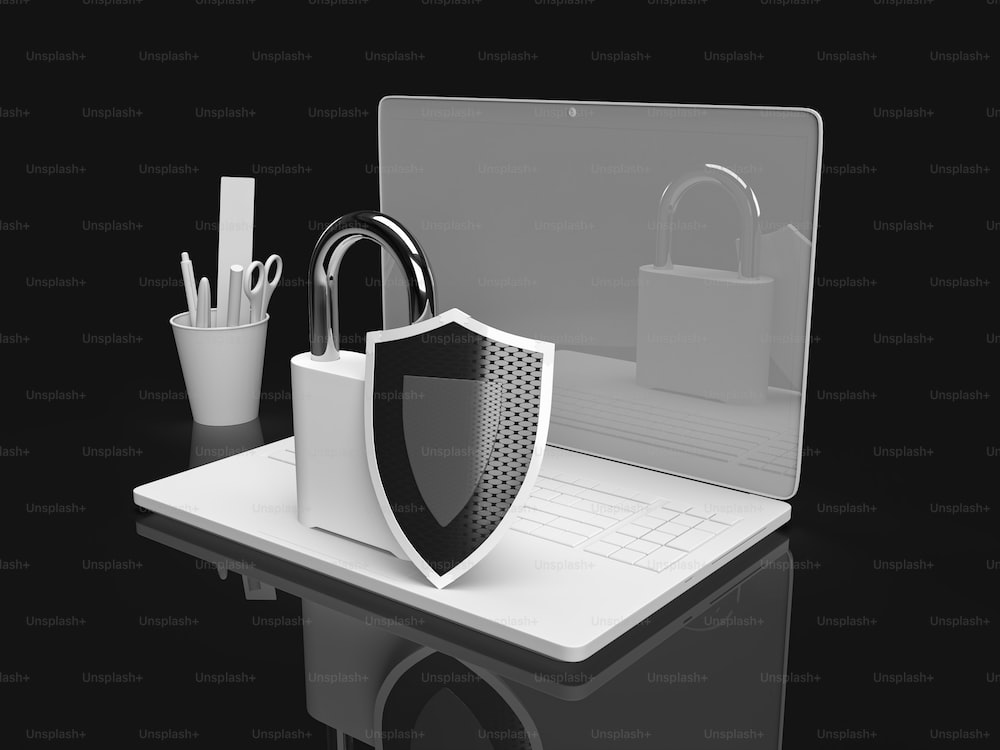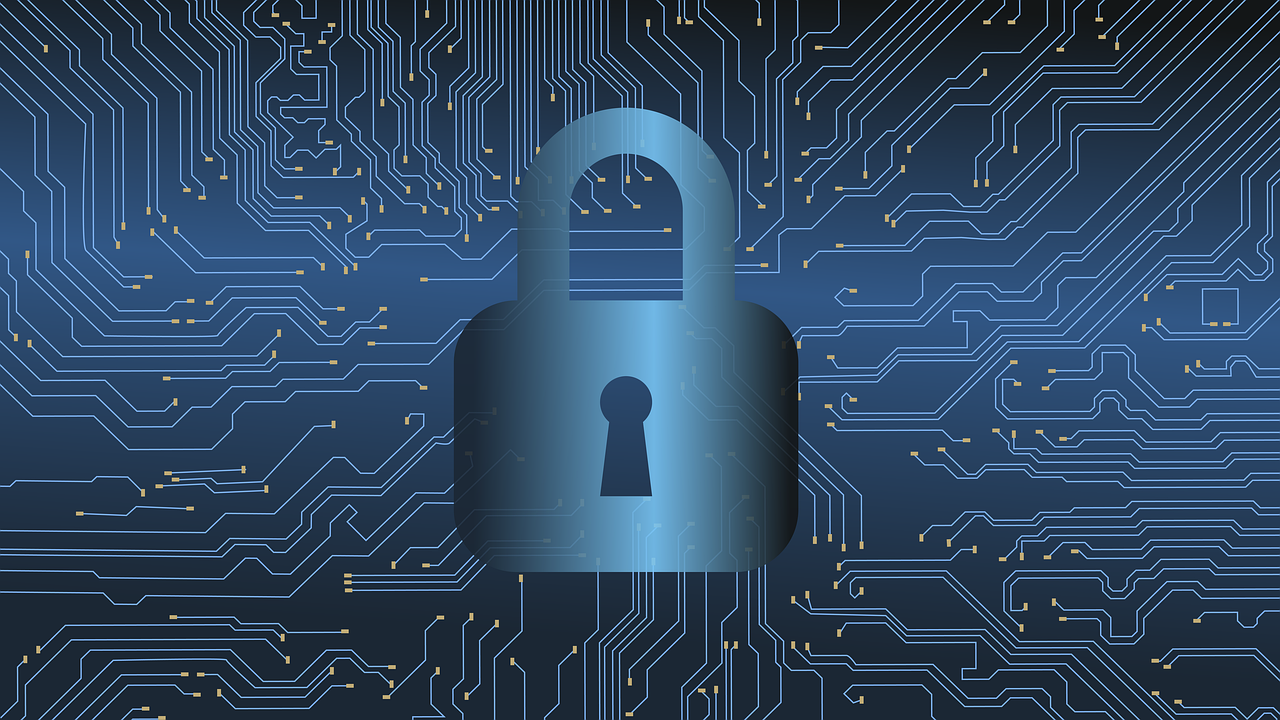You can edit text on your website by double clicking on a text box on your website. Alternatively, when you select a text box a settings menu will appear. your website by double clicking on a text box on your website. Alternatively, when you select a text box
What Does a Defense-in-Depth Approach Mean?
What Does a Defense-in-Depth Approach Mean?

First, let’s define what it means to use a defense-in-depth approach to cybersecurity. In simple terms, it means having many layers of protection for your technology.
Just like how you might have locks on your doors, security cameras, and an alarm system to protect your home. A defense-in-depth strategy uses different security measures to safeguard your digital assets.
Many layers are better than one when it comes to security. A defense-in-depth strategy combines various defenses. This is to make it harder for cyber attackers to succeed.
Imagine your business as a home. Your goal is to protect your company's assets and data, just like you would protect your home from various threats. By implementing these technology products effectively, you're essentially building a multi-layered security system for your company, much like fortifying your home to keep it safe from various threats. This approach not only protects your company's sensitive information but also instills confidence in potential clients, making your company a success in the ever-evolving landscape of cybersecurity and IT management.
These defenses can include things like:
- Firewalls: Think of firewalls as the sturdy walls and gates around your home. They prevent unauthorized access and filter out potentially harmful elements before they enter your company's network, just like walls and gates protect your physical home from unwanted visitors.
- Antivirus software: Antivirus software acts like your company's immune system. It scans for and identifies malicious software (viruses) that could harm your network or data, similar to how your immune system detects and fights off viruses in your body. If we just have to pick something for your home let's say guard dogs or hired security. (But the immune system works better, so just go with it)
- Strong passwords: Strong passwords are like the locks on your doors and windows. They provide an essential layer of defense by making it harder for intruders to gain access. Just as a strong lock deters burglars, strong passwords deter unauthorized access to your company's systems.
- Encryption: Encryption can be compared to securing sensitive documents in a locked safe. It ensures that even if someone gains access to your data, they can't make sense of it without the proper key. Similarly, encrypted data is useless to unauthorized individuals without the decryption key.
- Employee training: Educating your employees about cybersecurity is like teaching them to recognize potential risks and dangers. This training helps your team members become the equivalent of vigilant neighbors who keep an eye out for unusual activities and report them to authorities.
- Access management: Access management is like having security clearance for different areas of your home. Not everyone should have access to every room. Similarly, in your company, granting specific access rights ensures that employees only have access to the information and systems they need to do their jobs.
- Endpoint security: Think of endpoint security as securing each entry point to your company, just like locking all doors and windows. This includes devices like laptops, smartphones, and other endpoints. Protecting these entry points helps prevent unauthorized access or data breaches.
- Firewalls: Think of firewalls as the sturdy walls and gates around your home. They prevent unauthorized access and filter out potentially harmful elements before they enter your company's network, just like walls and gates protect your physical home from unwanted visitors.
- Antivirus software: Antivirus software acts like your company's immune system. It scans for and identifies malicious software (viruses) that could harm your network or data, similar to how your immune system detects and fights off viruses in your body. If we just have to pick something for your home lets say guard dogs, or hired security. (But the immune system works better, so just go with it)
- Strong passwords: Strong passwords are like the locks on your doors and windows. They provide an essential layer of defense by making it harder for intruders to gain access. Just as a strong lock deters burglars, strong passwords deter unauthorized access to your company's systems.
- Encryption: Encryption can be compared to securing sensitive documents in a locked safe. It ensures that even if someone gains access to your data, they can't make sense of it without the proper key. Similarly, encrypted data is useless to unauthorized individuals without the decryption key.
- Employee training: Educating your employees about cybersecurity is like teaching them to recognize potential risks and dangers. This training helps your team members become the equivalent of vigilant neighbors who keep an eye out for unusual activities and report them to authorities.
- Access management: Access management is like having security clearance for different areas of your home. Not everyone should have access to every room. Similarly, in your company, granting specific access rights ensures that employees only have access to the information and systems they need to do their jobs.
- Endpoint security: Think of endpoint security as securing each entry point to your company, just like locking all doors and windows. This includes devices like laptops, smartphones, and other endpoints. Protecting these entry points helps prevent unauthorized access or data breaches.
A defense-in-depth strategy also emphasizes early detection and rapid response. It involves using tools and systems that can quickly detect suspicious activities. This enables you to catch an attacker early. And take action to reduce any damage.
A defense-in-depth cybersecurity strategy provides a strong and resilient defense system. Its several layers of security increase the chances of staying secure. This is especially important in today's dangerous online world.
Advantages of Adopting a Defense-in-Depth Approach
Advantages of Adopting a Defense-in-Depth Approach
Enhanced Protection
Enhanced Protection
A defense-in-depth strategy protects your infrastructure in many ways. This makes it harder for attackers to breach your systems. Implementing a combination of security controls creates a robust security posture. Each layer acts as a barrier. If one layer fails, the others remain intact. This minimizes the chances of a successful attack.

Early Detection and Response
Early Detection and Response
With a defense-in-depth approach, you have many security measures that can detect threats. As well as alert you to these potential dangers.
Some systems used to detect suspicious activities and anomalies in real time are:
- Intrusion detection systems (IDS): Imagine IDS as a sophisticated security camera system for your home. These cameras are strategically placed to monitor various areas for any unusual or suspicious activities. When the cameras detect something out of the ordinary, they send alerts to a central monitoring station (you or your security team), allowing you to quickly respond and address potential threats. Similarly, IDS in the cybersecurity context monitors network traffic for signs of unauthorized or malicious activities, alerting you to potential cyber intrusions.
- Network monitoring tools: Think of network monitoring tools as a comprehensive security system that includes not only cameras but also motion sensors, door sensors, and alarms for your home. These tools continuously monitor the status and performance of various elements in your network infrastructure. Just as the sensors and alarms help you detect any breaches in the physical security of your home, network monitoring tools help you detect anomalies, troubleshoot issues, and ensure the overall health and security of your company's network.
- Security incident and event management (SIEM) solutions: SIEM solutions can be likened to a command center that oversees your entire home security system. It collects and correlates data from all the security devices (cameras, sensors, alarms, etc.) to provide a comprehensive view of your home's security status. If any unusual events or incidents occur, the command center triggers alarms and displays relevant information to facilitate rapid response and investigation. Similarly, SIEM solutions collect and analyze data from various sources within your IT environment, helping you identify potential security breaches, investigate incidents, and manage security events effectively.
By allowing Guardian to manage incorporating intrusion detection systems, network monitoring tools, and SIEM solutions into your business's cybersecurity strategy, you create a robust security framework that operates much like a comprehensive home security system. Just as you would want to ensure the safety of your physical home, these tools work together to safeguard your company's digital assets and provide the peace of mind that you are looking for in a trusted IT managed service provider.
This early detection allows you to respond quickly. This minimizes the impact of a potential breach. It also reduces the time an attacker has to access critical assets.
Protects Against Advanced Threats

Cybercriminals continually evolve their techniques to overcome traditional security measures. A defense-in-depth approach accounts for this reality. It incorporates advanced security technologies. Such as behavior analytics, machine learning, and artificial intelligence. These technologies can identify and block sophisticated threats. This includes zero-day exploits and targeted attacks. They do this by analyzing patterns and detecting anomalies in real time.
Compliance and Regulatory Requirements
Compliance and Regulatory Requirements

You can edit text on your website by double clicking on a text box on your website. Alternatively, when you select a text box a settings menu will appear. your website by double clicking on a text box on your website. Alternatively, when you select a text box.
